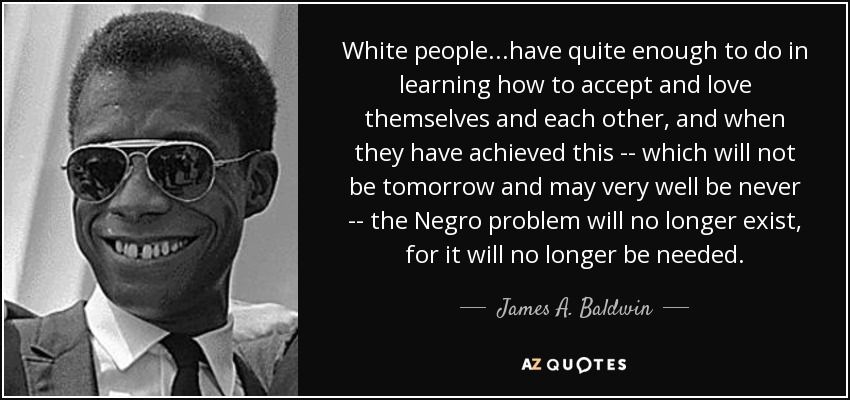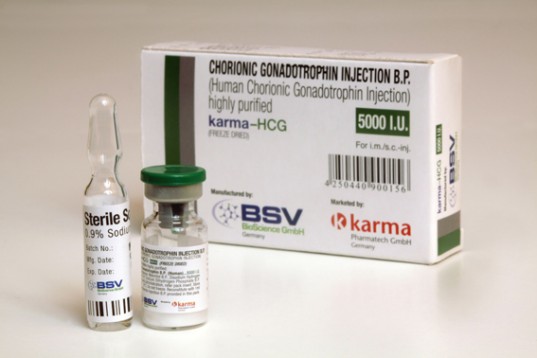How to help child lose weight without them knowing
How to help your kid be a healthy weight—without talking about weight
It is possible to teach your kids about being a healthy size and to help them get there, but the key might be to never even utter the word “weight.”
When Carrie Grainger*, a mom of three from Peterborough, Ont., found herself picking out size 12 clothes for her eight-year-old daughter, Paige*, she realized it might be time to revisit whether her daughter was a healthy weight or it was something to worry about.
Grainger had always thought her husband’s husky build could be the reason for her first daughter’s slightly bigger shape. “And my doctor had mentioned that kids sometimes sprout out before they sprout up,” she says. But what if Paige was gaining too much too fast? The prospect of dealing with a weight problem was daunting. Grainger struggled with how to move forward. “I didn’t want to instill a bad body image in her—and I didn’t know for sure if her weight was even an issue,” she says.
Obesity is on the rise among young kids. “About 31 percent of Canadian kids between the ages of five and 17 are considered overweight or obese,” says Tom Warshawski, a Vancouver-based paediatrician and chair of the Childhood Obesity Foundation. According to the foundation, obesity is classified as abnormal or excessive fat accumulation that may impair health. Every child has a body shape that’s just right for them, says Warshawski, but parents might not know whether their child is just carrying a few extra pounds or if their health or well-being is at risk.
Kids who are overweight are vulnerable to a range of health problems, including type 2 diabetes, sleep disorders and mental health issues like depression. But while being overweight is a mental health risk, so is obsessing about diet, which makes this tricky territory for parents who are uncertain of how to address a potential weight problem.
“I think the last straw for me was when Paige came home from school and was complaining that she was the slowest kid,” says Grainger.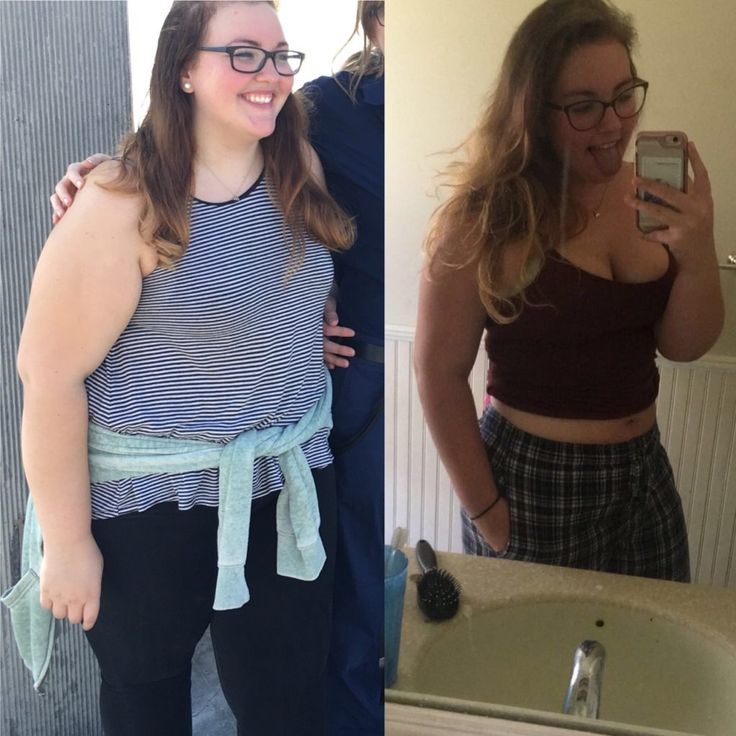 “She said she hated running because she felt heavy and like she was standing out because she was really bad at it.” It’s not unusual for kids who are a bit bigger to struggle with physical activity or feel like they attract attention, says Yoni Freedhoff, medical director of the Bariatric Medical Institute, a nutrition and weight management clinic in Ottawa. “There is a very real chance of them having to worry that they will be made fun of while exercising because of the way they look when they run or jump or play sports.” Which, of course, can make them want to avoid exercising, compounding the existing weight issue.
“She said she hated running because she felt heavy and like she was standing out because she was really bad at it.” It’s not unusual for kids who are a bit bigger to struggle with physical activity or feel like they attract attention, says Yoni Freedhoff, medical director of the Bariatric Medical Institute, a nutrition and weight management clinic in Ottawa. “There is a very real chance of them having to worry that they will be made fun of while exercising because of the way they look when they run or jump or play sports.” Which, of course, can make them want to avoid exercising, compounding the existing weight issue.
Kids who are overweight or obese are at risk of high blood pressure and cholesterol, liver disease and respiratory problems like asthma. “They are also more prone to depression and anxiety,” says Warshawski. Just how serious of a mental health–related issue is obesity? Here’s an alarming finding: “We know that children who are obese rate the quality of their life lower than do kids who are undergoing cancer chemotherapy,” he says. Even those who are moderately overweight may have lower self-esteem and be at higher risk of being teased by their peers. “Weight is the number one source of schoolyard bullying,” says Freedhoff. Adding to the mental health toll, studies show that kids who are obese are also at risk of developing eating disorders. According to research published in Adolescent Health, Medicine and Therapeutics in 2016, about 25 percent of teenage girls who are obese turned to extreme weight-control behaviours, including induced vomiting and fasting.
Even those who are moderately overweight may have lower self-esteem and be at higher risk of being teased by their peers. “Weight is the number one source of schoolyard bullying,” says Freedhoff. Adding to the mental health toll, studies show that kids who are obese are also at risk of developing eating disorders. According to research published in Adolescent Health, Medicine and Therapeutics in 2016, about 25 percent of teenage girls who are obese turned to extreme weight-control behaviours, including induced vomiting and fasting.
Unfortunately, most kids won’t just outgrow their weight problems. Those who are overweight or obese often continue to be overweight or obese into their teens and beyond. “When you graduate from your teenage years overweight or obese, it’s extremely hard to turn around and get into a normal weight zone,” says Warshawski. Obesity in adulthood is associated with high blood pressure, stroke, heart disease and certain types of cancer. If the present trend continues with our kids, by 2040, 70 percent of adults will be overweight or obese, and the health ramifications will be widespread, says Warshawski.
We know that healthy kids come in a range of shapes and sizes, so how do you determine whether your child’s weight is entering the danger zone for their health? You can have your doctor calculate your child’s BMI to know for sure, says Warshawski, but regardless of your kid’s size, the advice is the same: Focus on nutritious meals and an active lifestyle. (See “Tipping the Scales in the Right Direction,” below, for specifics.)
If you do decide to talk to your family doctor, have the discussion privately, without your kid’s knowledge. The experts agree: It’s unfair to place any pressure on kids in regard to their weight. “Putting a focus on weight with a child directly risks their self-esteem, their body image and their relationship with food, and potentially sets them on a life of yo-yo dieting and frustration,” says Freedhoff. “If there is a weight issue, it’s for the parents to deal with alone, not the children.”
When you talk to a physician about your kid’s size, the doctor may use their height and weight to calculate their BMI.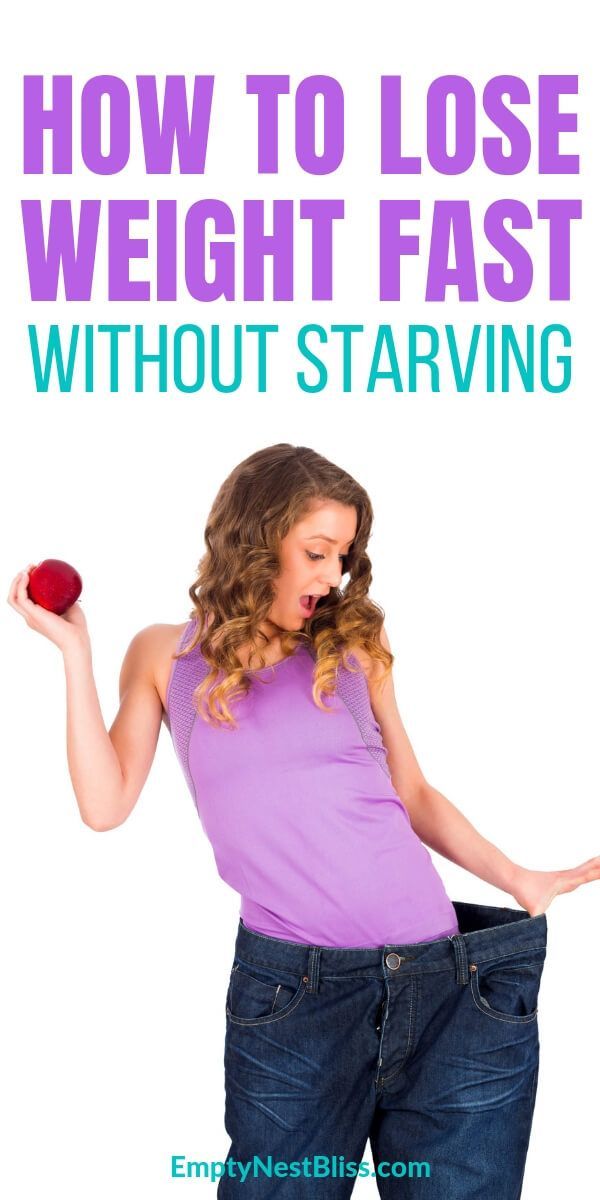 (Both could be taken in the office ahead of time, as part of a checkup, or done by you at home.) If your kid scores in the overweight or obese zone, and they are showing any signs of weight-related illnesses, like high blood pressure or joint problems, those are certainly cues to take swift action. Your doctor can provide some initial guidance, direct you to a weight management clinic or refer you to a dietitian who can help pinpoint some of your family’s diet pitfalls and assist with a healthy eating action plan.
(Both could be taken in the office ahead of time, as part of a checkup, or done by you at home.) If your kid scores in the overweight or obese zone, and they are showing any signs of weight-related illnesses, like high blood pressure or joint problems, those are certainly cues to take swift action. Your doctor can provide some initial guidance, direct you to a weight management clinic or refer you to a dietitian who can help pinpoint some of your family’s diet pitfalls and assist with a healthy eating action plan.
How to (delicately) talk to a child who's overweightOnce Grainger decided Paige might need help to get her weight under control, she and her husband discussed the issue privately, and then she went to a dietitian—solo. “We weighed and measured the heights of all three girls at home first, and just said, ‘Hey, let’s see how everyone is doing,’” she says. “I didn’t want Paige to have any idea of why we were doing it.” Then she took the recorded numbers to the appointment, where the dietitian plotted them on the height and weight growth charts. Paige was in the 98.5th percentile for BMI. “The dietitian wasn’t too alarmed, because she wasn’t off the charts,” says Grainger. Still, Grainger wanted to make some changes right away instead of waiting until Paige got older, so she and the dietitian came up with a plan. Phase one involved a few changes to diet: “We’re a pretty clean-eating family, but we discussed serving dinner family style, instead of plating the kids’ meals, so they can decide what they eat and how much, so we’re not overfeeding them,” says Grainger. “And we also talked about limiting snacks.”
Paige was in the 98.5th percentile for BMI. “The dietitian wasn’t too alarmed, because she wasn’t off the charts,” says Grainger. Still, Grainger wanted to make some changes right away instead of waiting until Paige got older, so she and the dietitian came up with a plan. Phase one involved a few changes to diet: “We’re a pretty clean-eating family, but we discussed serving dinner family style, instead of plating the kids’ meals, so they can decide what they eat and how much, so we’re not overfeeding them,” says Grainger. “And we also talked about limiting snacks.”
Making dietary changes is the best way to promote a healthy weight for your kids, say the experts. But to be successful and long-lasting, all diet changes have to be done together as a family. That means both parents and all children are on board with a new, more nutritious meal plan—not just the person who needs to lose weight. “You can’t look at little Jimmy and say, ‘You have a weight issue, so no pop for you, but the rest of us can have it,’” says Warshawski. “Expecting a child to make intentional behavioural changes in the name of health, in regard to food, which is a basic pleasure, is a very unfair expectation that many adults struggle with,” says Freedhoff.
“Expecting a child to make intentional behavioural changes in the name of health, in regard to food, which is a basic pleasure, is a very unfair expectation that many adults struggle with,” says Freedhoff.
Limiting treats for only the child who is overweight is also missing the bigger picture, which is that weight is just one marker of health. If one family member is showing signs of a diet that could use improvement, chances are everyone could benefit from a revised meal plan. “Unhealthy foods are bad for you regardless of your weight,” says Warshawski. “Let’s talk about good health, and let’s everybody embrace it.”
Making changes to improve everyone’s health is the best approach. In fact, you should leave weight out of it entirely, say the experts. The word “diet” need never be uttered, either. Even kids know it’s a term loaded with judgment—and it doesn’t lend itself to the positive outlook that should come with these types of lifestyle changes. “Frame it for yourself and your children that you are changing your eating habits so that everyone will have more energy to do the things they love,” says Nishta Saxena, a registered dietitian in Toronto who specializes in family nutrition. “It’s about gaining vitality, not losing weight.”
“It’s about gaining vitality, not losing weight.”
But just because you don’t talk about weight doesn’t mean you can’t teach your kid about developing positive habits for their health. By limiting how much you dine out, focusing on whole foods and skipping sugary beverages (including chocolate milk and juice), you’re showing them how to give their body the fuel it needs to grow well. Stepping back from the concept of so-called “kids’ food” is also important, says Saxena. “The chicken finger society we’ve created for kids is contributing to childhood obesity,” she says. “We shouldn’t be treating kids like they don’t have palates—they want delicious food, too.” It’s our job to introduce them to new flavours and a wide variety of nutritious foods.
Making healthy changes doesn’t mean you have to completely cut out sugar or delete Uber Eats from your phone, says Saxena. “I believe in moderation and making conscious, real-life choices.” Exactly what that looks like will depend on your specific circumstances, but she discourages families from placing total prohibitions on specific foods or food groups. “We can end up fetishizing certain foods, and then when kids get their hands on them, like at a birthday party, they’ll go wild,” she says.
“I believe in moderation and making conscious, real-life choices.” Exactly what that looks like will depend on your specific circumstances, but she discourages families from placing total prohibitions on specific foods or food groups. “We can end up fetishizing certain foods, and then when kids get their hands on them, like at a birthday party, they’ll go wild,” she says.
One of the most important things you can do to teach your kid healthy habits is to lead by example, says Warshawski. That means sampling different dishes, as well as modelling good food habits (like not skipping breakfast) and removing screens and other distractions from the table at dinner time. Family dinners are more important here than most parents realize, he says. “Eating together as a family, instead of scarfing something down on the way to soccer practice, is associated with healthy weight and also a better mental health status.”
If you’re struggling to quit TV dinners and frequent trips through the drive-through, you may need to take a step back and look at the bigger picture—especially the family calendar. “Families often perceive that they don’t have the time. They do have time. They just aren’t prioritizing it well,” says Saxena. We’re busy shuttling kids to playdates, music lessons and sports in the evenings—making it hard to find time to buy, prep and cook nutritious food. Some families may need to make scheduling sacrifices in the name of nutrition. Remember, though, that this is an opportunity to spend time together and teach your kids a valuable life skill. “Shopping and preparing food with your children is quality time,” she says.
“Families often perceive that they don’t have the time. They do have time. They just aren’t prioritizing it well,” says Saxena. We’re busy shuttling kids to playdates, music lessons and sports in the evenings—making it hard to find time to buy, prep and cook nutritious food. Some families may need to make scheduling sacrifices in the name of nutrition. Remember, though, that this is an opportunity to spend time together and teach your kids a valuable life skill. “Shopping and preparing food with your children is quality time,” she says.
It’s also a good idea to take a hard look at any of your own food hang-ups and body image issues, because your kids will pick up on them more than you might realize. Some parents can benefit from personal nutrition or clinical counselling, depending on the issues they’re dealing with. Re-evaluating your family fitness also plays a role in developing a healthy lifestyle (though, according to Freedhoff, it’s only an estimated 20 percent of the weight management equation—for the most part, it really is about what you eat).
If you’re making changes but the weight isn’t coming off, get professional help from a doctor or dietitian who specializes in weight management, advises Freedhoff. He often sees families who are trying hard to help their kids but need guidance to zero in on the changes that will really help their individual situation. Whatever you do, don’t be discouraged—this kind of change is hard, he says. And that’s especially true for families struggling with other challenges, like financial strain, or mental or physical health issues.
Grainger thinks her daughter is motivated to make positive change, and she is, too. She has started working out at home more, and Paige has started joining her. “Paige wanted to take up horseback riding this fall and noticed she wasn’t as strong as she could be to do well,” Grainger says. “She’s expressed an interest in getting more fit so she can do what she wants to do, and that’s really positive.”
*Names have been changed
Read more:
Do snacks ‘made with real veggies’ count as vegetables?
5 tips to help your child reach and maintain a healthy weight
Stay in touch
Subscribe to Today's Parent's daily newsletter for our best parenting news, tips, essays and recipes.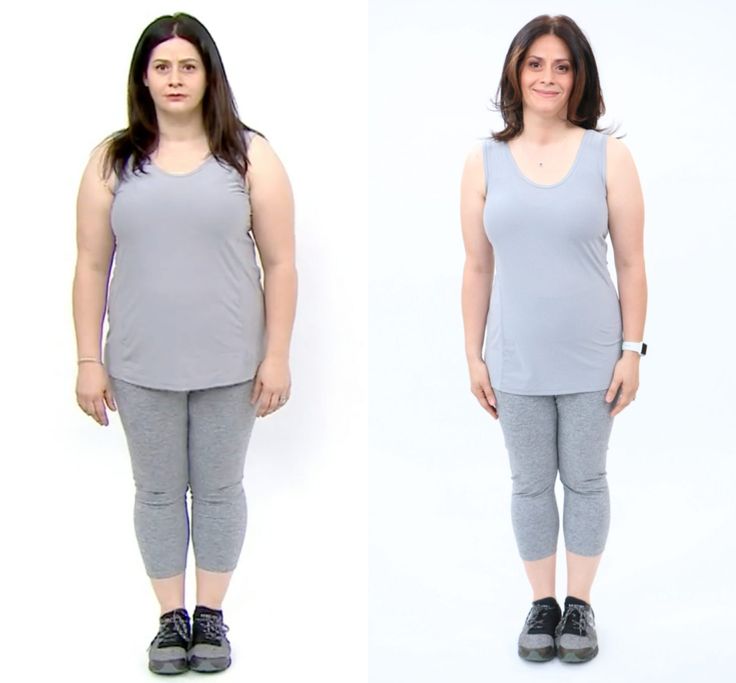
- Email*
- CAPTCHA
- Consent*
Yes, I would like to receive Today's Parent's newsletter. I understand I can unsubscribe at any time.**
FILED UNDER: Childhood obesity Food Mental health Nutrition weight
What can I do if my child is overweight?
If your child is overweight, there's lots you can do to help them become a healthy weight as they grow.
As a parent, it can sometimes be difficult to tell if your child is overweight. A child may not look particularly heavy to be overweight.
And because more children are becoming overweight, we have become used to seeing bigger children.
Research shows children who achieve a healthy weight tend to be fitter, healthier, better able to learn, and more self-confident.
They're also less likely to have low self-esteem or be bullied.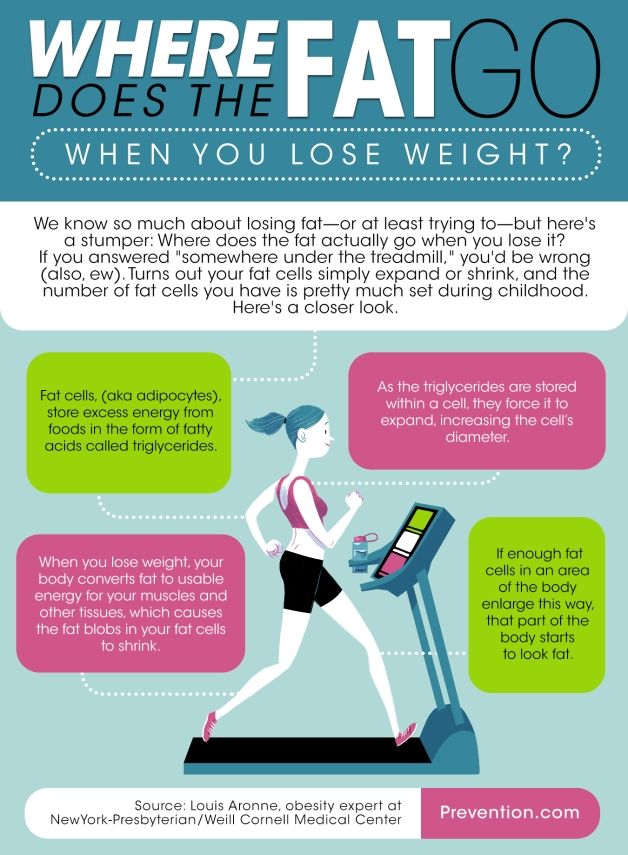 And they're much less likely to have health problems in later life.
And they're much less likely to have health problems in later life.
As a parent, there's lots you can do to help your child become a healthier weight. Getting them to be more active and eat well is important.
Here's lots of practical advice to help you.
If your child has a medical condition, the advice in this article may not be relevant and you should check with a GP or hospital doctor first.
Steps for success
Here are 5 key ways you can help your child maintain a healthy weight:
- be a good role model
- encourage 60 minutes, and up to several hours, of physical activity each day
- keep to child-size portions
- serve healthy meals, drinks and snacks
- less screen time and more sleep
Be a good role model
One way to instil good habits in your child is for you to be a good role model.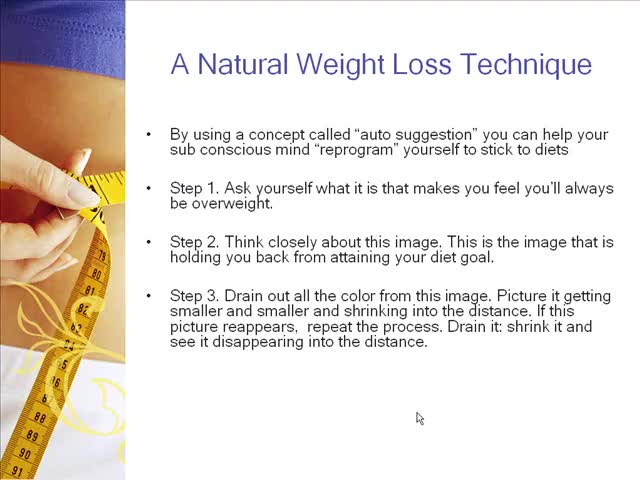 Children learn by example.
Children learn by example.
You can encourage your child to be active and eat well by doing so yourself.
Set a good example by going for a walk or bike ride instead of watching TV or surfing the internet.
Playing in the park or swimming with your children shows them being active is fun, and it's a great way for you all to spend time together.
Any changes you make to your child's diet and lifestyle are much more likely to be accepted if the changes are small and involve the whole family.
Physical activity also may be more appealing to your child if you do something as a family.
Find sports and activities to do
Easy ways to eat well and move move
Get active
All children should be doing physical activity every day for good health, but it doesn't need to be all at once.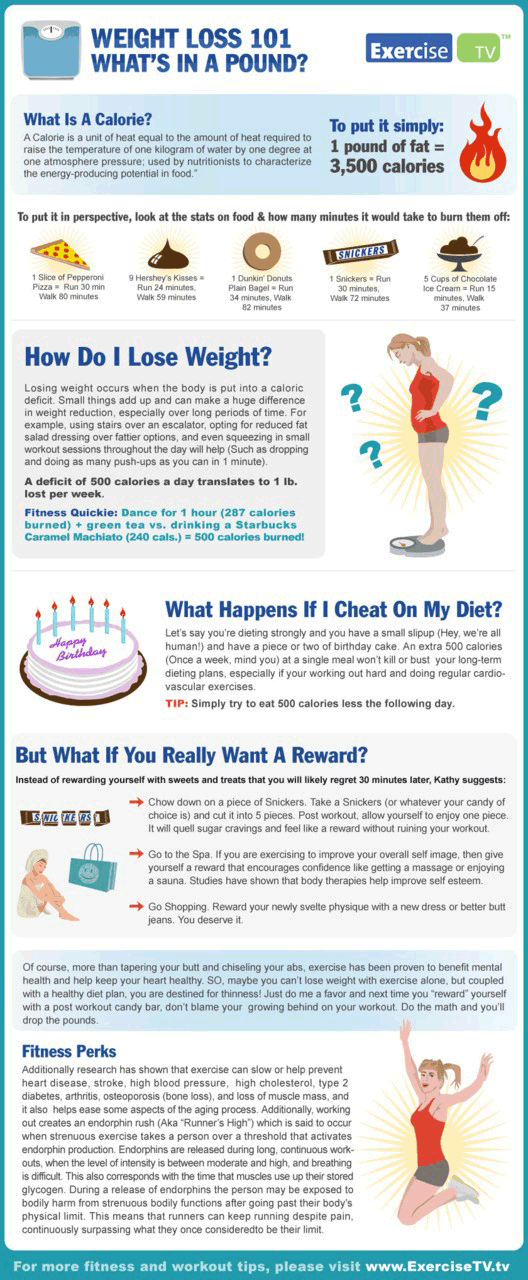
Several short 10-minute, or even 5-minute, bursts of activity throughout the day can be just as good as an hour-long stretch.
For younger children, it can take the form of active play, such as ball games, chasing games like "it" and "tag", riding a scooter, and using playground swings, climbing frames and see-saws.
For older children it could include riding a bike, skateboarding, walking to school, skipping, swimming, dancing and martial arts.
Walking or cycling short distances instead of using the car or bus is a great way to be active together as a family. And you'll save money, too.
Find out the amount and types of physical activity recommended for under-5s
Find out the amount and types of physical activity recommended for children and young people aged 5 to 18
Join Better Health to get free regular emails with healthy eating tips, easy recipes, fun activities and more.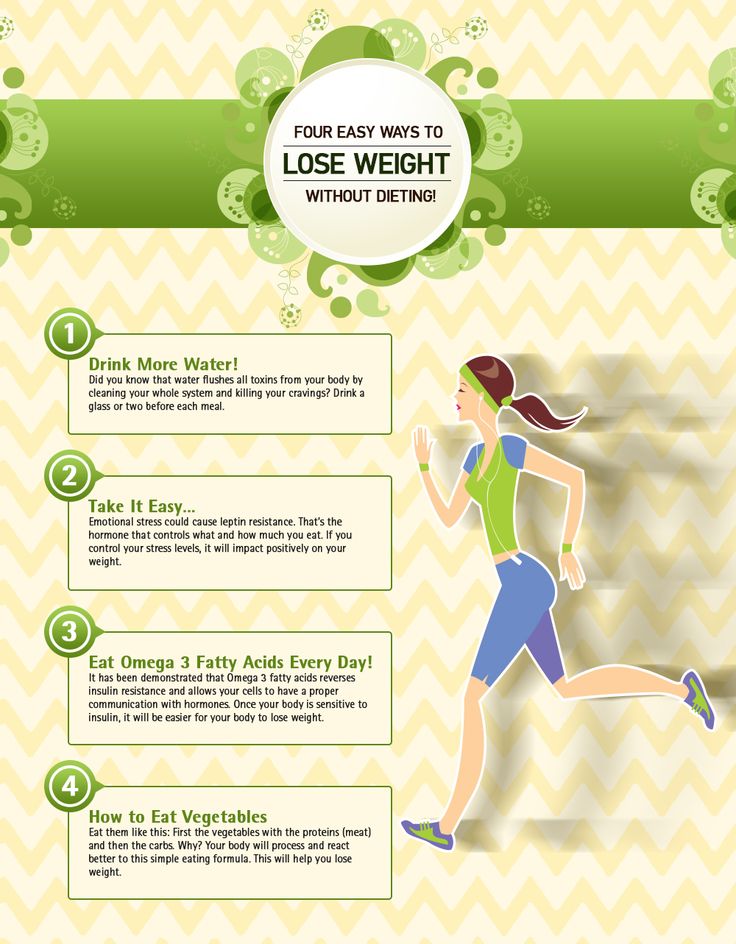
Child-size portions
Try to avoid feeding your child oversized portions. There's very little official guidance on precisely how much food children require, so you'll need to use your own judgement.
A good rule of thumb is to start meals with small servings and let your child ask for more if they're still hungry.
Try not to make your child finish everything on the plate or eat more than they want to.
And avoid using adult-size plates for younger children as it encourages them to eat oversized portions.
It may also help if you encourage your child to eat slowly and have set mealtimes. You can use mealtimes as an opportunity to catch up on what's happened during the day.
Explain to your child how to get the balance of their diet right using The Eatwell Guide. It shows how much they should eat from each food group. Knowing the calorie content of foods can also be useful.
Knowing the calorie content of foods can also be useful.
Read more about eating a balanced diet.
Find out more about understanding calories
Get ideas for healthy packed lunches
Eat healthy meals
Children, just like adults, should aim to eat 5 or more portions of fruit and vegetables every day. They're a great source of fibre and vitamins and minerals.
Getting 5 A Day shouldn't be too difficult. Almost all fruit and vegetables count towards your child's 5 A Day, including fresh, tinned, frozen and dried.
Juices, smoothies, beans and pulses also count.
Be aware that unsweetened 100% fruit juice, vegetable juice and smoothies can only ever count as a maximum of 1 portion of their 5 A Day.
For example, if they have 2 glasses of fruit juice and a smoothie in 1 day, that still only counts as 1 portion.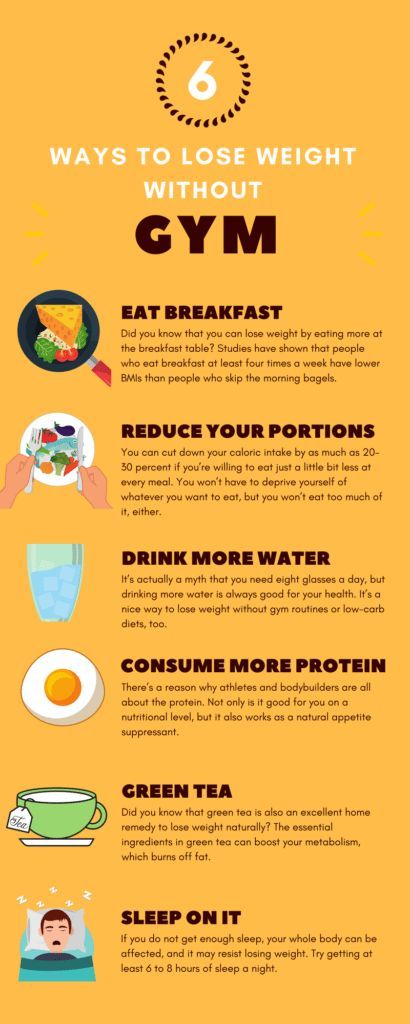
Their combined total of drinks from fruit juice, vegetable juice and smoothies shouldn't be more than 150ml a day, which is a small glass.
For example, if they have 150ml of orange juice and a 150ml smoothie in 1 day, they'll have exceeded the recommendation by 150ml.
When fruit is blended or juiced, it releases the sugars, which increases the risk of tooth decay. So it's best to drink fruit juice or smoothies at mealtimes.
Discourage your child from having sugary or high-fat foods like sweets, cakes, biscuits, sugary cereals, and sugar-sweetened soft and fizzy drinks. These foods and drinks tend to be high in calories and low in nutrients.
Aim for your child to get most of their calories from healthier foods like fruits and vegetables, and starchy, carbohydrate foods like bread, potatoes, pasta and rice (preferably wholemeal). And switch sweetened soft drinks for water.
Find out about healthy drinks for babies and young children
Find out how to eat less saturated fat
Learn the facts about sugar
Less screen time and more sleep
Alongside the advice to get them moving more is the need to reduce the time children spend sitting or lying down in the day.
Help your children avoid sitting and lying around too much, as this makes them more likely to put on weight.
Limit the time they spend on inactive pastimes like watching TV, playing video games and playing on electronic devices.
And remove all screens (including mobile phones) from their bedroom at night.
It also helps children stay trim if they sleep well. It's been shown that children who don't have the recommended amount of sleep are more likely to be overweight.
The less children sleep, the greater the risk of them becoming obese. Lack of sleep can also affect their mood and behaviour.
How to help a child lose weight correctly and without harm to health?
January 3, 2020
May 27, 2021
5 minutes
61633
ProWellness
Contents
- Causes of excess weight in a child
- Why is excess weight harmful in childhood?
- How to lose weight in childhood?
- Children under three years of age
- Preschoolers, primary school age
- Adolescents
- Ground rules
- Featured Products
Disclaimer
Please note that all information posted on the site Prowellness is provided for informational purposes only and is not a personal program, a direct recommendation for action, or medical advice. Do not use these materials for diagnosis, treatment, or any medical procedure. Consult your physician before using any technique or using any product. This site is not a specialized medical portal and does not replace the professional advice of a specialist. The Site Owner is not liable to any party who has suffered indirect or direct damage as a result of misuse of materials posted on this resource.
Do not use these materials for diagnosis, treatment, or any medical procedure. Consult your physician before using any technique or using any product. This site is not a specialized medical portal and does not replace the professional advice of a specialist. The Site Owner is not liable to any party who has suffered indirect or direct damage as a result of misuse of materials posted on this resource.
How to help a child lose weight correctly and without harm to health?
Adults and children are often overweight. The child grows and develops, so you can not put him on a strict diet and use fasting. Reducing weight, it is important not to stop the development, not to harm the growing, fragile body.
Causes of excess weight in a child
First you need to find the cause of the problem. There are several factors that affect the appearance of overweight in children:
- Wrong attitude towards food.
 Often, mothers feed their children themselves, believing that a good appetite is a sign of health. Eat well - here's a supplement for you. Infant fatness at a certain age is a problem.
Often, mothers feed their children themselves, believing that a good appetite is a sign of health. Eat well - here's a supplement for you. Infant fatness at a certain age is a problem. - Sedentary lifestyle. Modern children, instead of outdoor games, sit near the computer, play gadgets, parents encourage this. Lack of movement leads to weight gain.
- Heredity. Full parents from the first days should take care of the baby's weight, paying special attention to this. For example, you should reduce the consumption of sugar-containing foods: sweet carbonated drinks, ice cream, chocolate, sweets, lollipops. You should also reduce the proportion of foods with hidden sugar: fat-free yogurt and regular yogurt, cottage cheese mass or cheese curds, tomato sauces or ketchups, mayonnaise, instant cereals, sausages and sausages, cereals, muesli, granola, muesli bars and protein bars. Eating habits are laid down in early childhood, up to 5 years, so it is important to monitor the child's diet.
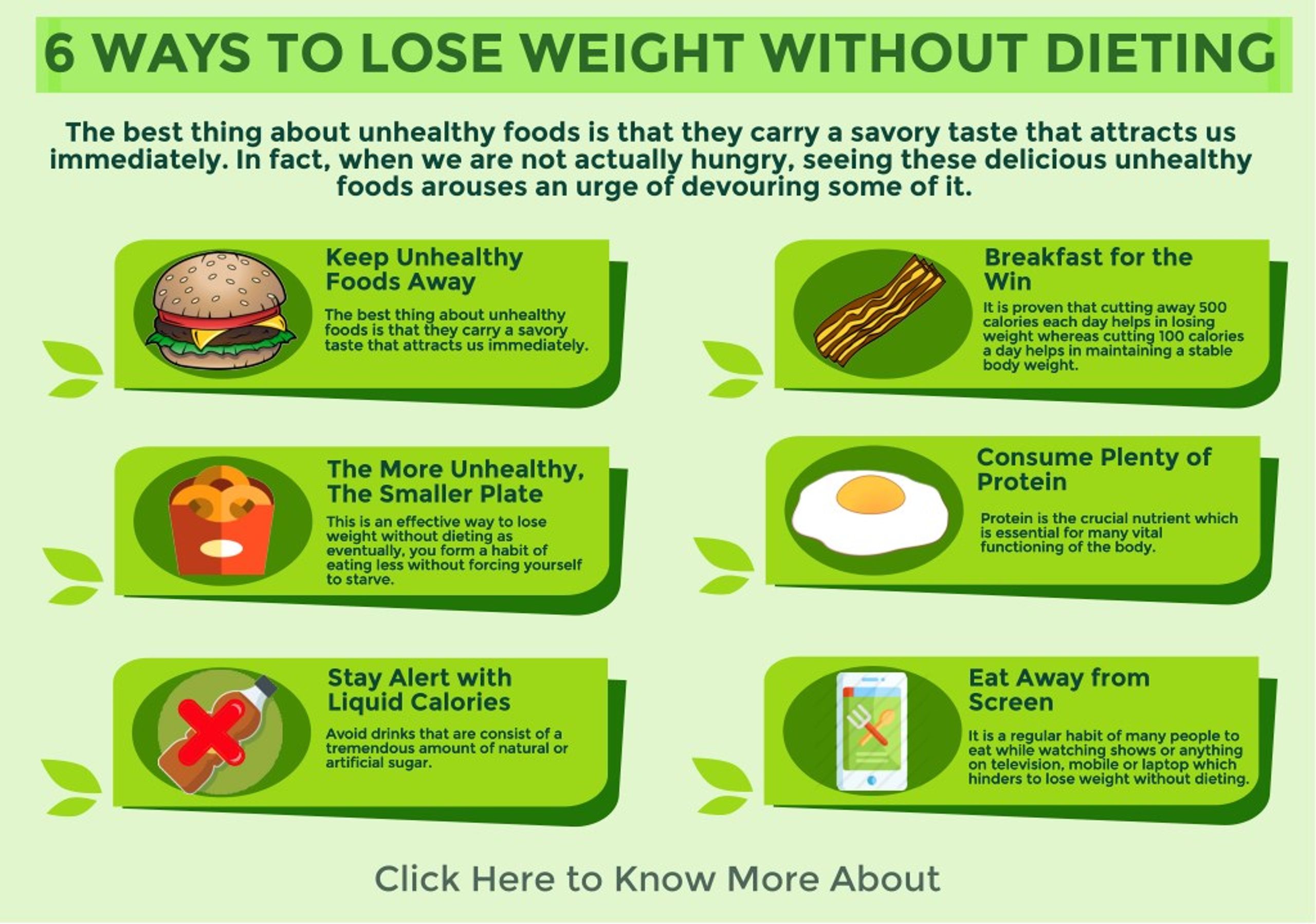
Attention! Are several causes of excess weight combined at once? The child is at risk of obesity.
Why is excess weight harmful in childhood?
If the child is overweight, the following problems threaten:
- Deformation of a fragile spine.
- Early heart problems - just can't handle the load.
- Metabolic disorders - the pancreas cannot cope with its work, there is a risk of diabetes mellitus, which can manifest itself not only in childhood, but also many years later in adulthood.
- Complexes. Psychologically, the teenager will be uncomfortable, because in the team they often laugh at the overweight, which can lead to bullying of the child, the so-called school bullying. An inferiority complex develops, which can remain in adulthood.
Introducing a tasty treat that will become an additional source of vitamins for your child - Ditops Fruit Chewable Tablets with Vitamins A, C and D.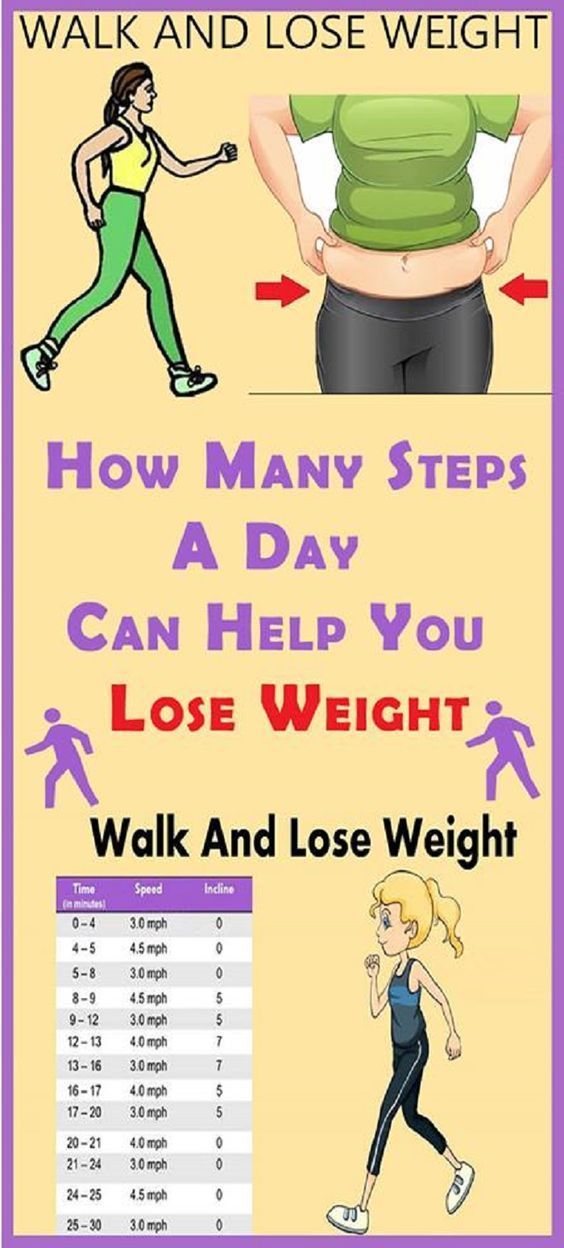 Three main vitamins for every day in a convenient form will be good helpers for strengthening the immune system and the growth of the child.
Three main vitamins for every day in a convenient form will be good helpers for strengthening the immune system and the growth of the child.
Attention! You can determine excess weight by appearance, body index, or simply by showing the child to the doctor.
How to lose weight in childhood?
Different weight loss methods have been developed for children of different ages. It is important for parents to follow the recommendations in order not to start the problem.
Children under three years old
It is necessary to consult a pediatrician. More often the reason lies in an endocrine disorder or overeating. It is enough to balance the diet, check the functioning of the endocrine system.
Preschool children, primary school age
It is difficult to control nutrition here, since the child eats more often outside the home. At home, more and more often, an “independent” baby begins to pull food from the parent’s table into his mouth. Either the whole family will have to switch to a healthy diet or control the child.
At home, more and more often, an “independent” baby begins to pull food from the parent’s table into his mouth. Either the whole family will have to switch to a healthy diet or control the child.
Teenagers
Some see the problem themselves, try to go on a diet. Sometimes they go to extremes, up to a hunger strike. This negatively affects health.
Attention! Excess weight can occur due to hormonal failure that occurs during adolescence.
Basic Rules
In order for a child to lose weight, it is important to follow a few rules:
- Eliminate all fast carbohydrates and fats from your daily diet.
- Limit high-calorie foods.
- Increase the menu of dairy products, vegetables, fruits, fish.
- You can take dietary supplements containing omega-3 fatty acids, vitamins, calcium, iodine. If they are not enough in the usual food of the child, then this can lead to an increased need for food, as the body tries to make up for their deficiency.

- Meals should be frequent and small.
- Exclude fast food completely.
- To rid the child of the habit of constantly snacking on something. Computer lovers are especially affected by this.
- Increase activity and exercise. Send the child to the sports section.
To normalize the functioning of the digestive system, we recommend using herbal tea from wild herbs No. 5 (Comfortable digestion) - Baikal Tea Collection with chamomile, Kuril tea, plantain and volushka. This herbal drink helps to find comfort and ease in the stomach.
As a substitute for fast food, you can use Natural gummies (orange) - Yoo Go without sugar. In each marmalade - the maximum benefit of turmeric and orange. Curcumin helps to gain harmony, normalize appetite and provide antioxidant protection. Isomalt and orange soy provide natural sweetness, and isomalt is also a prebiotic and helps nourish the intestinal microflora.
Sometimes it is better to be an example to your child. But it is important that he does not skip meals, does not go on hunger strikes. Remember, in the pursuit of harmony, you can lose your health. Only reasonable and competent actions are needed.
Disclaimer
Please note that all information posted on the site Prowellness is provided for informational purposes only and is not a personal program, a direct recommendation for action, or medical advice. Do not use these materials for diagnosis, treatment, or any medical procedure. Consult your physician before using any technique or using any product. This site is not a specialized medical portal and does not replace the professional advice of a specialist. The Site Owner is not liable to any party who has suffered indirect or direct damage as a result of misuse of materials posted on this resource.
Expert: Elagina Maria Business Profi of Siberian Wellness and nutritionist in cosmetics
Reviewer: Ekaterina Vorobieva Adept of a healthy and active lifestyle
Read other articles on similar topics
Rate the article
(38 votes, average 4)
Share the article
How to lose weight for a child without harm to health
Extra pounds upset not only adults, but also children. But often they get fat not through their own fault, but through an oversight of their parents. Being slim, cheerful and full of energy is easy! The book by nutritionist-endocrinologist Natalia Fadeeva “Food without Harm: Delicious Tips”, published by Alpina Publisher, tells where excess weight comes from, how food affects the body of a child and what needs to be done to lose weight. This is a real cheat sheet for children on proper nutrition!
But often they get fat not through their own fault, but through an oversight of their parents. Being slim, cheerful and full of energy is easy! The book by nutritionist-endocrinologist Natalia Fadeeva “Food without Harm: Delicious Tips”, published by Alpina Publisher, tells where excess weight comes from, how food affects the body of a child and what needs to be done to lose weight. This is a real cheat sheet for children on proper nutrition!
Since the book is aimed at children and teenagers, it is written in an easy and accessible language. For example, it is written about the metabolic processes in the body in such a way that it will be clear even to a primary school student.
Have you ever wondered why a person needs to eat and drink? After all, probably, not only in order to enjoy the taste of ice cream, buns, sweets and other mouth-watering products? The fact is that with food we get the energy that sustains our life in the same way that brushwood supports the flame of a fire.
0171
The author of the book writes that the body receives energy from food, and explains which food takes more resources to digest. The nutritionist also says that calories are spent during activity (walking, sports, studying) and rest (which is why proper sleep is important).
When a person eats a lot and spends little energy, it accumulates in his body in the form of fat, and he gets fat. To stop and reverse this process, you need to increase energy consumption. This will be possible if you do two things at the same time: stop eating easily digestible foods and increase physical activity "
Children are explained that it is equally important for the body to receive proteins, fats and carbohydrates, as well as micro and macro elements, vitamins, dietary fiber and water. Speaking about the importance of certain nutrients, a dietitian tells what is the consumption rate, for example, of proteins, where they are found and in what form they are best obtained.
Don't think that if you eat a large, well-fried piece of meat, you will get so much protein that it will last all day. In fact, with strong frying and charring over a fire, the quality of the protein and its ability to be absorbed in the body are reduced. So if you want to lose weight, no frying. Protein foods are best boiled, stewed, baked or steamed.0171
Children, or rather teenagers, who are already more consciously thinking about getting rid of excess weight, often fall into the hook of low-quality information about losing weight. They go on various diets found on the Internet that can be harmful. It is important to know that any nutrition program for weight loss in a child should be made by a dietitian! After reading advice on social networks, teenagers can thoughtlessly reduce the calorie intake of the diet or give up carbohydrates, which is absolutely impossible to do.
If you abstain from carbohydrate-containing foods altogether or if you don't eat enough of them, you will eventually be tormented by hunger, trembling legs and dizziness, you will become mentally ill and you will not be able to move from weakness.
And you can even lose consciousness!
Related:
- What to do if your child is overweight
- Proper nutrition for the whole family
- What is the best way to feed a child? Children are taught which fats are healthy and which ones should be minimized.
Too much fat can be found in salad dressings and sauces. Try to choose the right dressings: vegetable oil; lemon juice; low-fat classic yogurt; sour cream 10% fat; sauces based on tomatoes, berries, plums; homemade ketchup"
Children will also learn about the importance of dietary fiber for metabolic processes. That their daily diet should contain whole grain cereals and bread, vegetables and fruits, greens and seaweed.
Proper nutrition coupled with exercise is the best way to get in shape. Do fitness with an online course from Hollywood trainer Jim Barcena and be slim!
How to properly salt food, where we can get iodine, so necessary for the body, how to get the main vitamins with food - all this is told by a nutritionist in a form understandable to every child.
